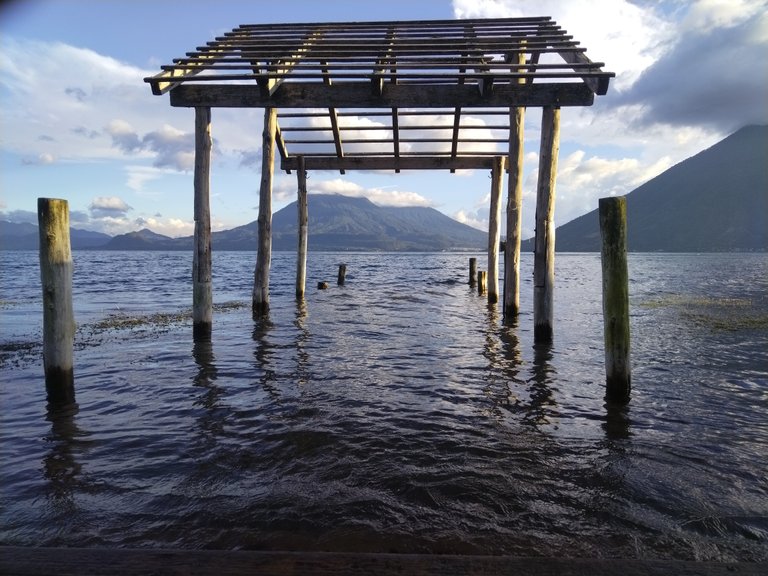A natural gem in Guatemala, Lake Atitlan is characterized by a complex geological history marked by tectonic forces, volcanic activity and fascinating topography.
Tectonic activity and formation:
The region around Lake Atitlan is part of the Central American Rift Valley, where the North American and Caribbean tectonic plates meet. This leads to increased seismic activity and the formation of geologically interesting structures. The lake itself lies in a tectonic pit that was created by the movement of the earth's crust.
Volcanic Origins:
The characteristic environment of Lake Atitlan is characterized by the presence of three majestic volcanoes: Tolimán, Atitlán and San Pedro. These volcanoes are part of the Central American volcanic belt, which was formed by the subduction of the Cocos plate beneath the Caribbean plate. Volcanic activity not only contributed to the formation of the mountains, but also to the shaping of the surrounding landscape.
Caldera formation and lake depth:
The caldera in which Lake Atitlan is located is the result of the collapse of an earlier volcano. This collapsed area was filled with water over time, resulting in the formation of the lake. The depths of Lake Atitlan are impressive, reaching up to 340 meters in places.
Environmental Impact and Stability:
Understanding the geological features of Lake Atitlan is critical to environmental protection and the stability of the region. Volcanic activity in the past has not only contributed to the diversity of the landscape, but also to fertile soils around the lake.
Significance for the region:
Lake Atitlan is not only a geological phenomenon, but also of great cultural and economic importance to the surrounding communities. The lake's unique geological history contributes to its appeal as a tourist destination and to the preservation of biodiversity in the region.
Overall, the geological diversity of Lake Atitlan reflects the

The water level at Lake Atitlan is subject to various influencing factors, which can be of both natural and anthropogenic origin. Here are some aspects that can contribute to water level fluctuations:
Precipitation: Heavy rainfall in the area may cause water levels to rise. This is a natural process that is subject to seasonal fluctuations.
Hydrology: Hydrological conditions, including inflows and outflows, affect water levels. Changes in tributary flow rates or outflows can affect lake water levels.
Geologic Factors: Underground geologic structures may also play a role. For example, changes in soil structure could affect water levels.
Human Activities: Water use, irrigation, and human interventions such as dam projects can have significant impacts on water levels.
It is important to regularly consult updated information from local authorities, weather services or environmental organizations to stay informed about current water level situations on Lake Atitlan. This makes it possible to respond appropriately to any changes or potential risks.